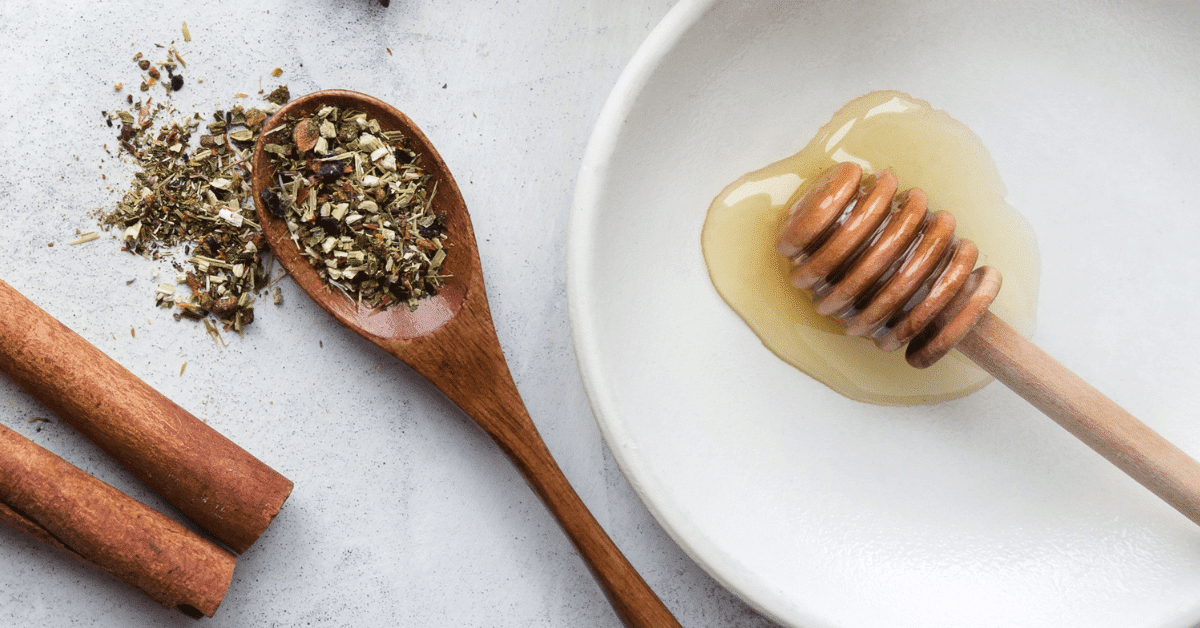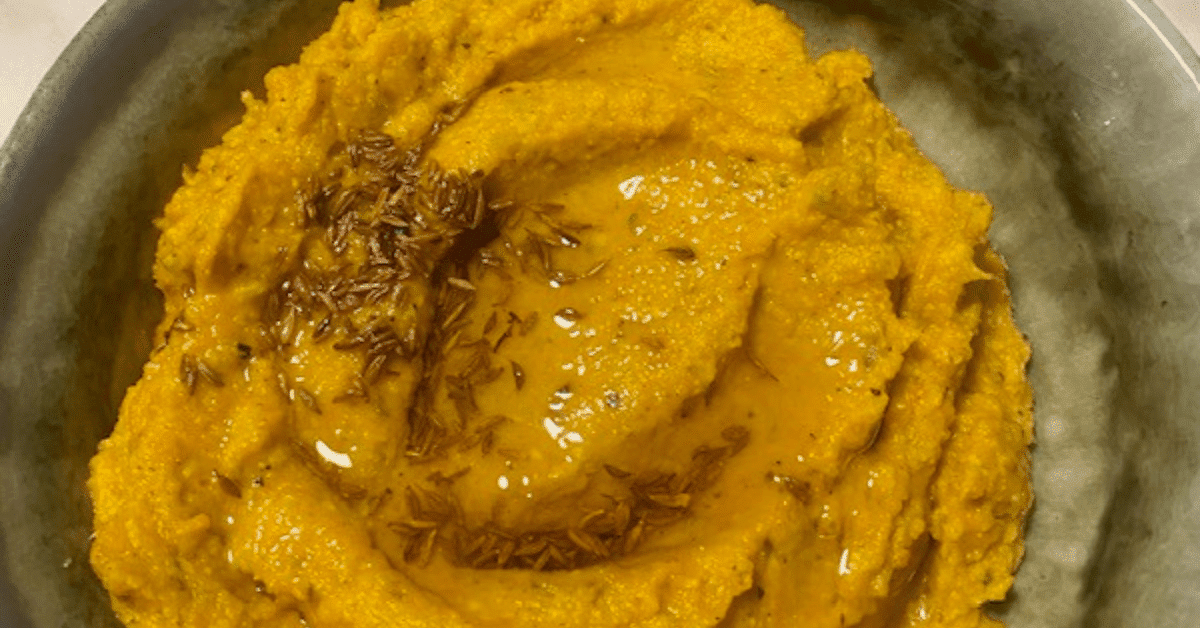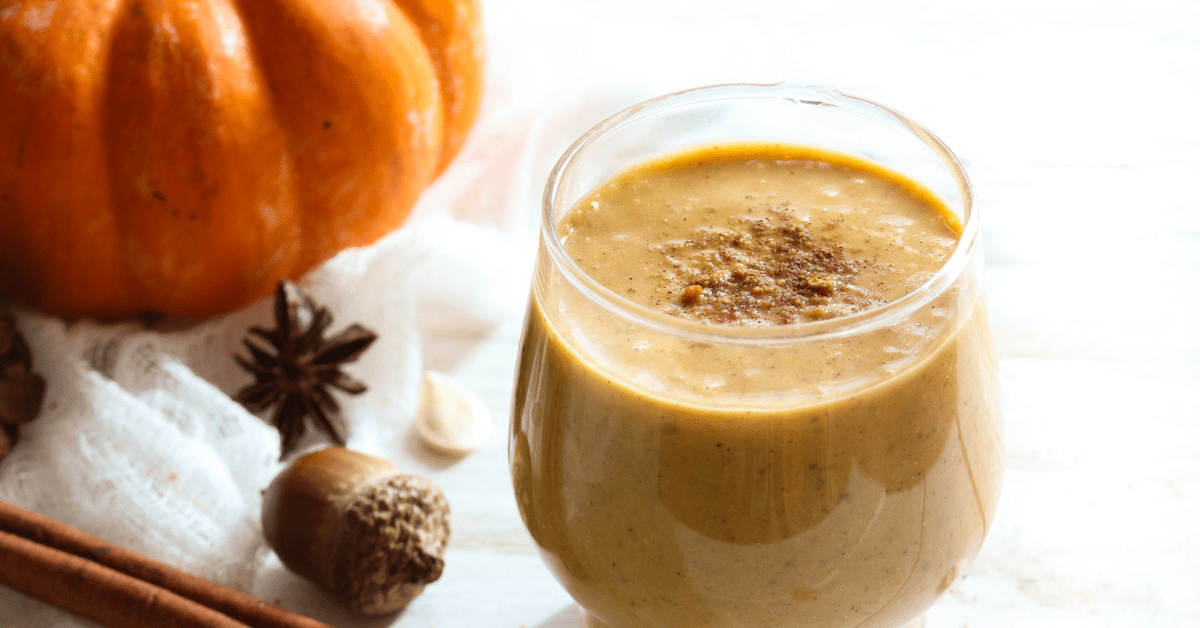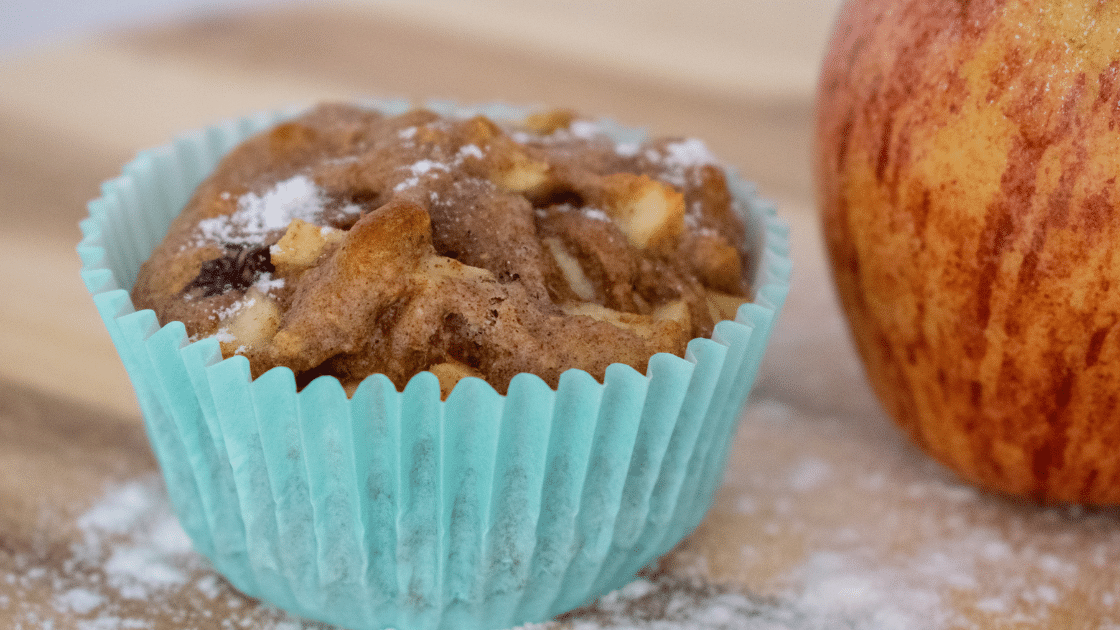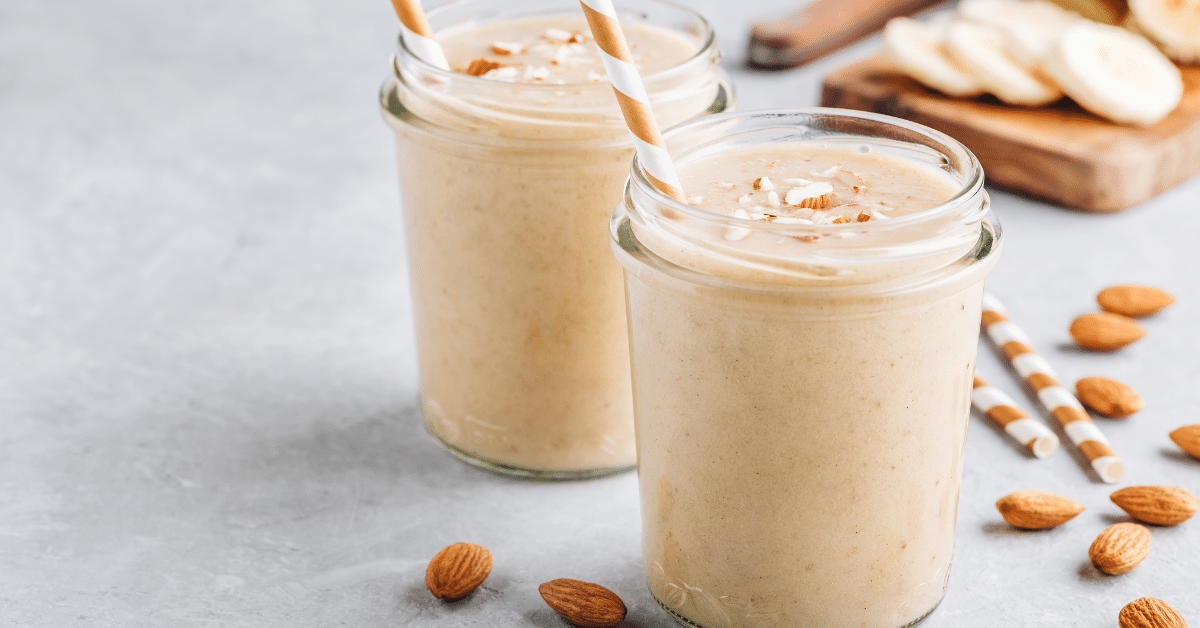
We have to clue you in on one of our ultimate Ojas-building aphrodisiac tonics!
Ojas is our core immunity- our bodies’ ability to renew itself. In the body, it’s related to our reproductive, hormones, and cerebrospinal fluid.
It’s also your psychophysical shield, helping us ward off stress and disease (both physically and emotionally).
Having strong ojas isn’t just about building it up, it’s also about not losing it. What (and WHO) we pour our creative energy into (if you know what I mean 😉😉) can deplete our ojas especially if we’re not being intentional.
But, when we make love with an attitude of complete surrender, and without fear or reservation, Ayurveda says that it can actually BOOST our sense of trust which in turn builds health.
Aphrodisiacs can help turn up our passion-pleasure-zest. What we consume also helps build our emotional-physical-resiliency, aka our ojas. That’s where this ojas-boosting love tonic comes in.
This warm, spicy-sweet milk is amazing for building ojas, and when combined with these virility-boosting super herbs, it gives our inner lover just the boost we need. Make it for you and your lover before or after your holy lovemaking sesh (or for yourself!)
Ojas-Building Hot Shake Ingredients:
- 10 skinless almonds
- 5 dates, pitted
- 2 cups milk (any kind)
- 1/2 teaspoon ashwagandha
- 1/2 teaspoon kapikacchu
- 1/2 teaspoon vidari kanda
- 1/2 teaspoon maca
- 1/4 teaspoon ground cinnamon
- Pinch of ground nutmeg
Ojas-Building Hot Shake Directions:
- If you wish, soak the almonds and dates overnight, then drain. (This makes them more digestible, but is not required.)
- In a small saucepan, bring the milk to a low boil. Add the herbs and spice and whisk.
- Pour the milk mixture into a blender, add the almonds and dates, and blend on high for 30-60 seconds, until completely smooth.
- Enjoy with your lover (or inner lover 😉)

